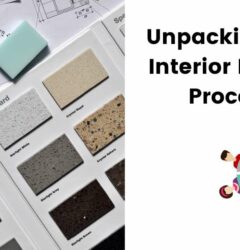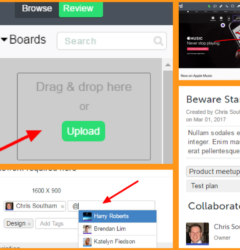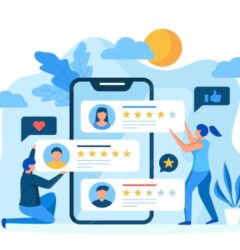Chatbot-Powered Prototyping: Rapidly Iterating Your Designs
25 Jul
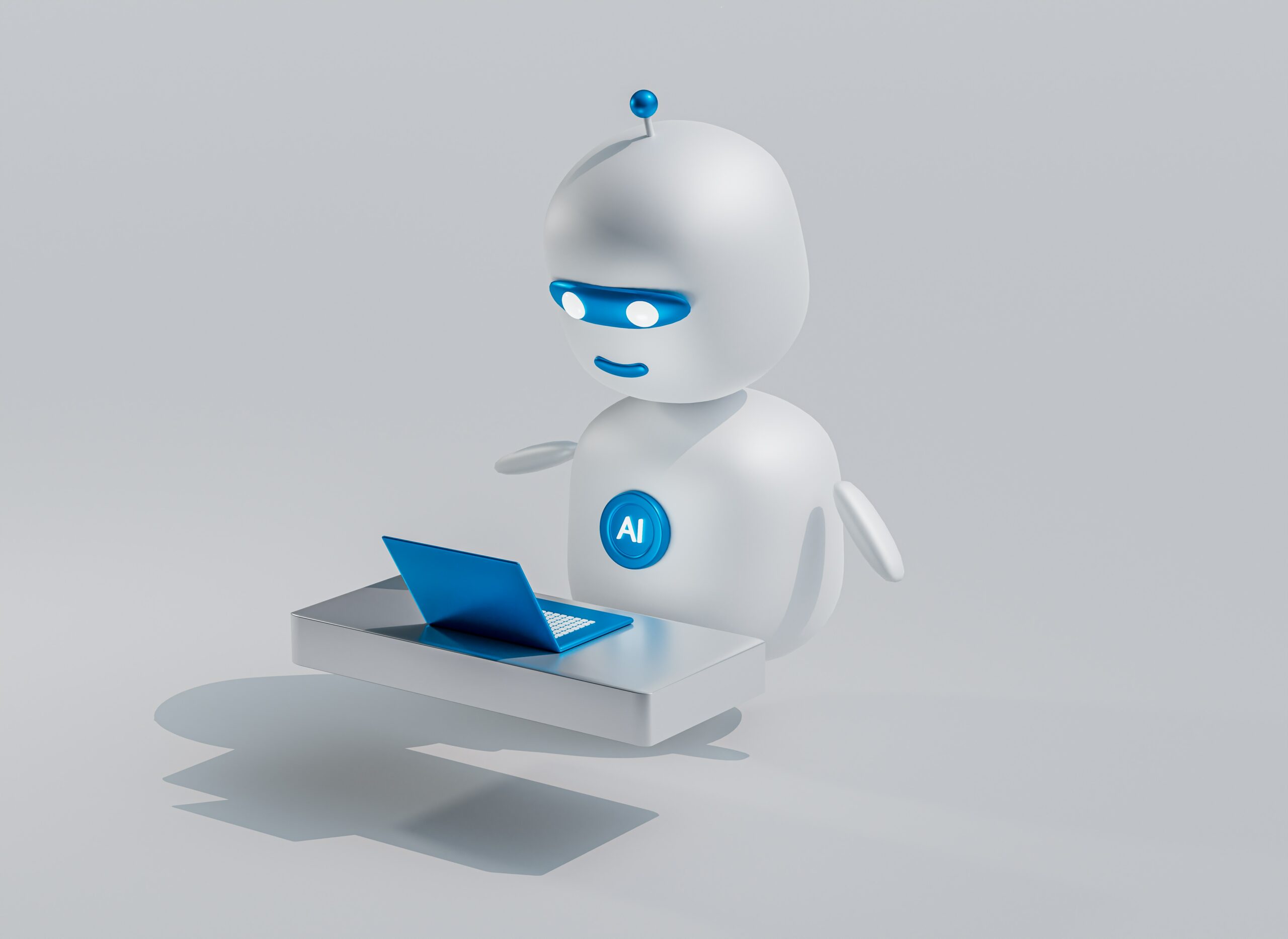
Table of Contents
ToggleThe design industry is fast-paced and continuous iteration is key to success. Design is a dynamic process that requires constant refinement and improvement to meet the changing needs and expectations of users. One of the most powerful tools at our disposal is chatbot-powered prototyping.
Combining the capabilities of chatbots with design prototyping can revolutionize the way we iterate on our designs, saving time and resources while gaining valuable insights. Continue reading to learn how chatbot-powered prototyping can help businesses improve their design process.
What is Design Prototyping?
Design prototyping involves building a simplified and interactive version of the design to gather feedback, test functionality, and make improvements before the final product is developed.
Think of it as a preliminary model that allows designers to visualize and validate their ideas. Design prototyping can take various forms, such as paper sketches, digital wireframes, or interactive simulations.
This iterative approach helps save time and resources by uncovering flaws and making necessary adjustments before moving forward with the final implementation. It serves as a valuable educational and informative tool in the design process, enabling designers to create user-friendly, intuitive, and visually appealing solutions.
What is Chatbot-Powered Prototyping?
Chatbot-Powered Prototyping is an innovative approach that combines the power of chatbots with the process of creating prototypes.
A prototype is a simplified version of a product or system that allows designers and developers to test and refine their ideas before the final implementation. In the context of Chatbot-Powered Prototyping, chatbots are used as interactive elements within the prototype to simulate real-time user interactions.
These chatbot prototypes can simulate various user scenarios, allowing designers to gather valuable feedback and make informed design decisions.
How Chatbot-Powered Prototyping Can Help in Iterating Designs?
Chatbot-powered prototyping can significantly aid in rapidly iterating designs for various applications. Here are five ways in which chatbot-powered prototyping can assist in this process:
1. Real-Time User Interaction
Chatbots enable designers to gather real-time feedback from users by simulating conversational interactions.
Designers can integrate a chatbot into the prototype to observe and understand user responses and reactions, allowing for immediate insights and iterative improvements. This feedback loop accelerates the design iteration process and ensures the final product meets user expectations.
Chatbot-powered prototyping enables designers to conduct usability tests early in the design process. For example, if a designer wants to create a logo design, they can leverage chatbot prototyping to observe how users interact with it. This observation can help designers identify pain points, confusion, and areas of improvement. This iterative approach helps in refining the design to create a user-friendly experience.
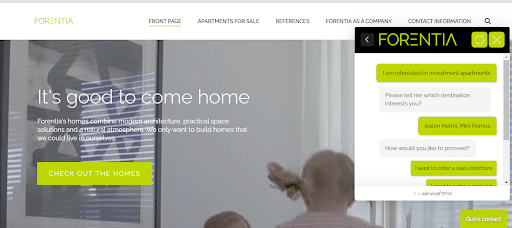
2. User Feedback and Testing
Designers can create interactive and dynamic user experiences that closely simulate real-life interactions by integrating chatbot technology into the prototyping process. This allows designers to gather valuable user feedback early in the design cycle, enabling them to iterate and refine their designs based on actual user responses.
One of the key advantages of using chatbots for prototyping is their ability to simulate conversational interactions.
Designers can create chatbot prototypes that mimic the behavior of a real product or service, enabling users to engage in natural conversations and provide feedback. This dynamic interaction allows designers to observe how users respond to different design choices, identify pain points, and understand user expectations.
3. Iterative Content Refinement
Chatbot prototypes provide a platform for refining and optimizing content. Designers can experiment with different conversational styles, tones, and language choices to find the most effective and engaging approach.
Through analysis of user responses and preferences, designers can iterate and fine-tune the content, ensuring it aligns with the brand voice and user expectations.
Designers can quickly test and refine different design elements, user flows, and conversational interactions based on user feedback and insights.
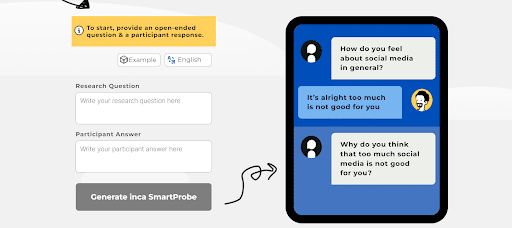
4. Continuous Prototyping and Testing
Integrating chatbot functionality into the prototyping process can help designers gather crucial user feedback and make iterative improvements efficiently. One key advantage is the ability to simulate and replicate conversational interactions, allowing designers to explore and refine user experiences in a dynamic and interactive manner.
It facilitates the testing of different design concepts and variations. Designers can easily implement alternative conversation flows or user prompts within the chatbot prototype, enabling quick A/B testing.
Designers can observe users’ reactions and preferences in real-time to gauge the effectiveness of different design choices and make informed decisions about which features or design elements to retain, modify, or discard.
5. Easy Collaboration
The chatbot serves as a centralized communication platform, allowing designers and stakeholders to exchange ideas, provide feedback, and discuss design iterations in real-time. This instant and continuous collaboration eliminates the need for lengthy email threads or scheduling multiple meetings, enabling a more agile and efficient design process.
Designers can quickly share their prototypes with stakeholders through the chatbot, who can then provide instant feedback and suggestions, facilitating faster iterations.
The chatbot can automatically log conversations, capturing important discussions and decisions made during the prototyping process. This documentation not only helps in maintaining a clear record of the design evolution but also enables easy reference and retrieval of past decisions.
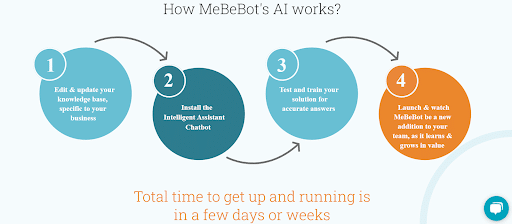
6. Error Detection and Resolution
A chatbot can serve as a virtual assistant, providing designers real-time assistance throughout the prototyping process.
Designers can interact with the chatbot, asking questions, seeking suggestions, and discussing design choices. This constant dialogue helps identify potential errors or inconsistencies in the design, ensuring that issues are caught early on and resolved before they become more significant problems.
By integrating chatbot capabilities into the prototyping workflow, designers can receive immediate feedback and insights on their designs, leading to more efficient iterations and improved outcomes.
7. Workflow Management
The chatbot can be programmed to capture relevant user inputs and interactions, such as preferences, pain points, or frequently asked questions. Such data can be analyzed to identify patterns, uncover user needs, and make data-driven design decisions.
Designers can use this feedback loop to iterate and refine the workflow, ensuring that the final design meets user expectations.
Another advantage is the speed and flexibility offered by chatbot-powered prototyping. Traditional prototyping methods often involve time-consuming iterations and back-and-forth communication between designers and users.
With chatbot-powered prototyping, designers can rapidly create and modify chatbot interfaces, allowing for quick adjustments based on user feedback. This agile approach enables designers to experiment with different design solutions and iterate rapidly, ultimately resulting in a more refined and user-centric workflow.
Final Words
In today’s rapidly evolving technological landscape, keeping up with the latest advancements is crucial for designers to stay ahead of the curve and succeed. Using AI, such as chatbots, in design processes can be a game-changer, enabling designers to streamline to create more user-centric experiences.
Embracing innovative prototyping techniques can revolutionize the way designers iterate on their designs, streamline collaboration, and create user-centric experiences
Author’s Bio:
Emma Smith is a wordsmith and a digital nomad who works as a freelance online marketer. She loves to learn about technologies to share them with her readers.
Related Post
Recent Posts
- Best Practices for Efficient Document Reviews and Collaboration December 18, 2025
- MEP Document Management: How to Streamline Reviews & Avoid Rework October 3, 2025
- What Is Online Proofing Software? And Why Content Review Breaks Without It July 11, 2025
- How Laerdal Medical Cut eLearning Review Time by 50% with zipBoard’s Visual Review Tool July 9, 2025
- Why Your Team Needs a Content Feedback System (Not Just Comments in Docs) May 28, 2025
©️ Copyright 2025 zipBoard Tech. All rights reserved.
